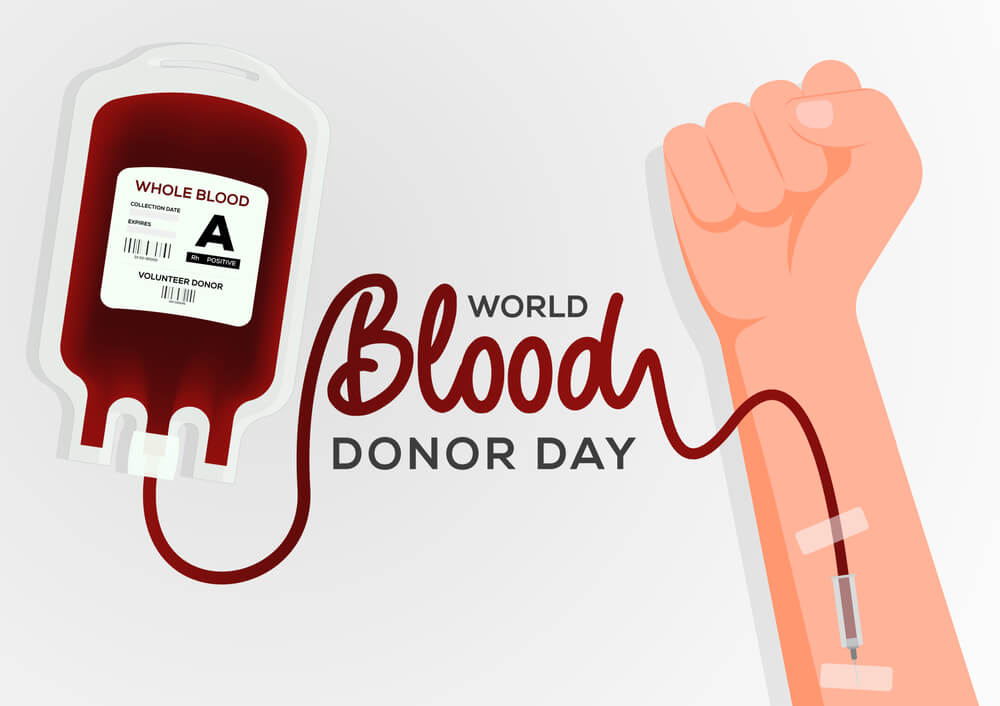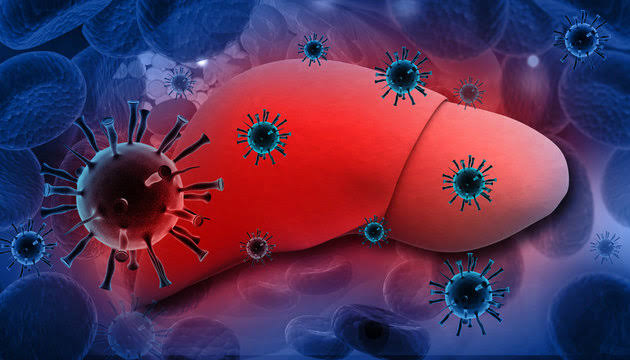Give Blood, Give Hope: Together We Save Lives

From time immemorial, hope has been an integral part of humanity. It’s what sustains us in our darkest hours. Today, the 14th of June, as we commemorate World Blood Donor Day 2025, with the theme – “Give Blood, Give Hope, we’re reminded that Hope flows in the most tangible way: In every pint of plasma that has given millions of children around the world courage; In every drop of blood that has saved every post-partum haemorrhaging mother. This Hope, represented in drops and pints of donated red viscous liquid tissue, stands in stark contrast to the despair surrounding severe haemorrhage in a not-too-long-ago era – The Pre-Blood donation Era.
The Pre-blood donation Era
Picture this:
“It’s a cold starry night in the year 1838. In a room poorly lit by flickering candles and the faint orange glow of a fireplace, a young mother barely 19 years old lies in bed. Her gown is damp with sweat and beneath her, the linens are soaking red. She just gave birth to a baby, but there’s trouble. She won’t stop bleeding. A confused midwife is trying to stop the bleeding by applying pressure between her legs. But the bleeding persists. Her mother and husband stand close muttering prayers under their breath. Fear lurks in their teary eyes as they stare at her pale face etched in pain. Slowly, she slips into the cold hands of death”.
Of course, it’s 1838, blood transfusion is an alien concept and postpartum haemorrhage is often a death sentence. Tragically, this scene wasn’t an uncommon feature of the Pre- Blood Donation era. Countless lives were lost to severe haemorrhage across continents and centuries – whether from childbirth, wars, accidents, or surgery. However, in a quest to find Hope, many desperate and dangerous attempts were made. In 1667, Jean-Baptiste Denis (in France) and Richard Lower (in England) separately reported successful transfusions from Lambs to Humans. Not surprisingly, within the next ten years, transfusion of the blood of animals to Humans became prohibited by law because of negative outcomes, including death.
Fast forward to 1818, James Blundell, a British Obstetrician, performs the first successful transfusion of Human blood to a patient for the treatment of Postpartum haemorrhage. Using the patient’s husband as a donor, he extracts approximately 4 ounces of blood from the husband’s arm and, using a syringe, successfully transfuses the wife. Time would later tell that this was a fragile breakthrough dependent on sheer luck. Before the 20th Century, physicians operated in sheer ignorance of the intricacies of blood transfusion. Without an understanding of blood types and the only conceivable method of transfusing blood being the ‘arm-to-arm’ transfusion in which the willing donor was physically present and linked directly to the recipient via tubes, the act of blood transfusion was another Russian Roulette. Blood transfusion which gave relief to some, triggered violent, fatal reactions in others. Without knowing why blood from one could save while another’s proved catastrophic, the act of blood transfusion remained a desperate act offering little to no hope. The outcome was unpredictable and, in some cases, as terrifying as the haemorrhage itself.
In the year 1900, amidst the chaos and hopelessness characterized by this era, a beacon of clarity would go ahead to pierce through the darkness. An Austrian Physician, Karl Landsteiner, discovered the first 3 human Blood groups: A, B and C (Blood type C was later changed to O). His discovery earned him the Nobel Prize for Medicine in 1930. His colleagues, Alfred Decastello and Adriano Struli would later add the fourth blood group type- AB, in 1902. This discovery by Karl didn’t instantly bring about blood banks, blood fractionation and blood donation as we know today. But it ignited hope in the world of Science and Medicine. It revolutionised blood transfusion from being a lethal superstitious gamble into being a field grounded in deeper and sensible scientific understanding. He was able to lay the foundation on which the edifice of blood donation and transfusion was built. Landsteiner offered understanding but the safe and reliable system to “Give Blood, Give Hope” was still decades away in an era known as The Blood Donation Era.
The Blood Donation Era
Decades following Landsteiner’s discovery were marked with innovations that helped provide the Hope we celebrate today:
1. Blood banks: In 1937, Bernard Fantus, Director of Therapeutics at the Cook County Hospital in Chicago, established the first hospital blood Bank in the United States. The establishment of the blood banks helped to solve the logistical horrors of the arm-to-arm era. It became possible for blood to be collected, typed, tested and stored for when and where it was needed. Blood could be given without the donor being physically present when it was needed.
2. The Rhesus Blood Group System: From unexplainable transfusion failure to mysterious infant deaths after normal pregnancies, it was certain that Karl’s discovery still needed something more to be perfect. Alas, in 1940 the lines became clearer, and the Rhesus Blood Group System was discovered.
Karl Landsteiner and Alex Weiner discovered that some people’s blood had another antigen — the D antigen. This discovery explained the previous mysterious transfusion reactions, helped identify and prevent haemolytic disease of Newborns and also led to the development of Rho (D) immunoglobulin (RhoGAM) in the 1960s. The latter would go on to dramatically reduce Haemolytic Disease of Newborn-related deaths. The identification of the Rh factor stands next to the ABO system as one of the most important breakthroughs in the field of blood transfusion.
3. Anticoagulants and Refrigeration: The birth of breakthroughs like the development of effective anticoagulants, e.g., Sodium Citrate, and refrigerated storage has helped in extending the shelf life of blood. Blood didn’t have to be used up instantly; it became storable for future use.
4. Component separation: Groundbreaking and Cutting-edge innovation unlocked an effective strategy for maximizing Hope. The blood centrifugation process was a brilliant discovery that made it possible for blood to serve different purposes in different forms. Blood in the form of plasma could now give hope to a patient with a liver disorder, the same way Red blood cells could give hope to an anaemic patient.
5. Rigorous testing: With the emergence of the AIDS epidemic as well as the widespread Hepatitis, it became imperative that there was a need to ensure safe transfusion. The modern era introduced rigorous testing protocols: confirming blood type compatibility as well as screening for infectious diseases e.g HIV, Hepatitis B and C, Syphilis and West Nile Virus.
The Blood Donor: Present Challenges
According to the WHO, 118.5 million blood donations are collected globally from 13,300 blood centres across 169 countries which is no doubt, of paramount importance in sustaining global healthcare. It’s very crucial for patients undergoing surgery, managing chronic illnesses, and battling Cancer and reducing maternal mortality.
The WHO global report for 2019 paints a stark picture: Sub-Saharan Africa bears a devastatingly high Maternal Mortality Rate. With a 2017-point estimate of 542 Maternal deaths per 100,000 live births, the region accounts for approximately 66% of estimated global maternal deaths a critical factor being the huge gap between the demand and supply of blood.
Coming back home to Nigeria. With a population of approximately 200 million people, Nigeria needs an estimated 1.8 million units of blood per annum, but voluntary non-remunerated blood donation accounts for only 10% of total blood collection in the country. This highlights the need for more voluntary blood donors in the country.
There also exists a high disparity in the flow of this River of Hope. Of the 118.5 million blood donations collected globally, 40% of these are collected in high-income countries, home to 16% of the world’s population. Per 1000 people, the blood donation rate is 31.5 donations in high-income countries, 16.4 donations in upper-middle income countries, 6.6 donations in lower-middle income countries and 5.0 donations in low-income countries. These statistics go beyond mere figures. They are the echoes of horror from the 1838 candlelit room reverberating in modern hospitals across Nigeria, Uganda, Zimbabwe and beyond. They are the everyday reality of children, mothers, and accident victims– lives hanging on the thin line between life and death.
Conclusion: Our Responsibility
From the foundation built by Landsteiner, it’s beyond doubt that we’ve come a long way in the journey of Blood Donation. A system capable of giving Hope in the most tangible form– life, has come to be part of our existence. But the journey is still far from over. This World Blood Donor Day, themed “Give Blood, Give Hope” demands not just Celebration but our Commitment:
- If you meet the WHO eligibility guidelines to donate blood, roll up your sleeves regularly. Every pint goes beyond just blood, it’s life for a mother, courage for a child and time for a Cancer patient.
- In this modern age, social media is a potent tool for championing the advocacy for Hope. Every hashtag, video, and reel goes a long way in inspiring others to become a part of this commitment to giving Hope.
- Become part of initiatives (e.g The Nigerian Red Cross) that work to tackle the problem of blood supply shortage in certain regions.
- Support innovation to identify the causes of the equity chasm in the blood supply between regions. Advocate for the funding of cutting-edge research in the field of blood donation
- Donate not only your blood but also your money as it can go a long way in championing the platform for hope.
Eninlaloluwa Popoola



